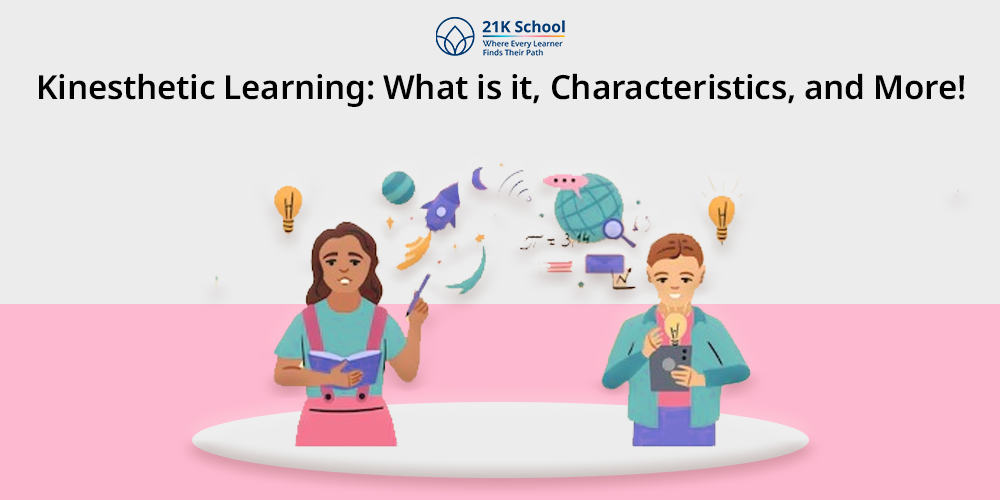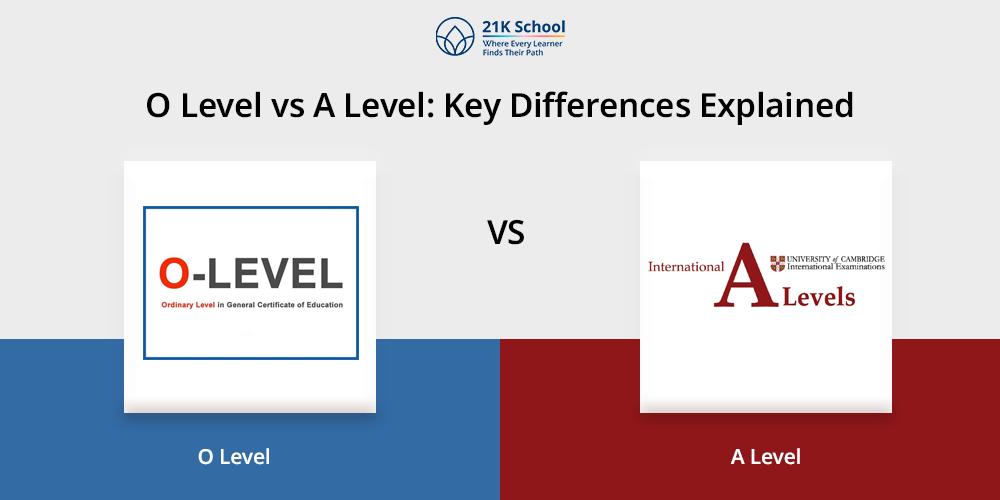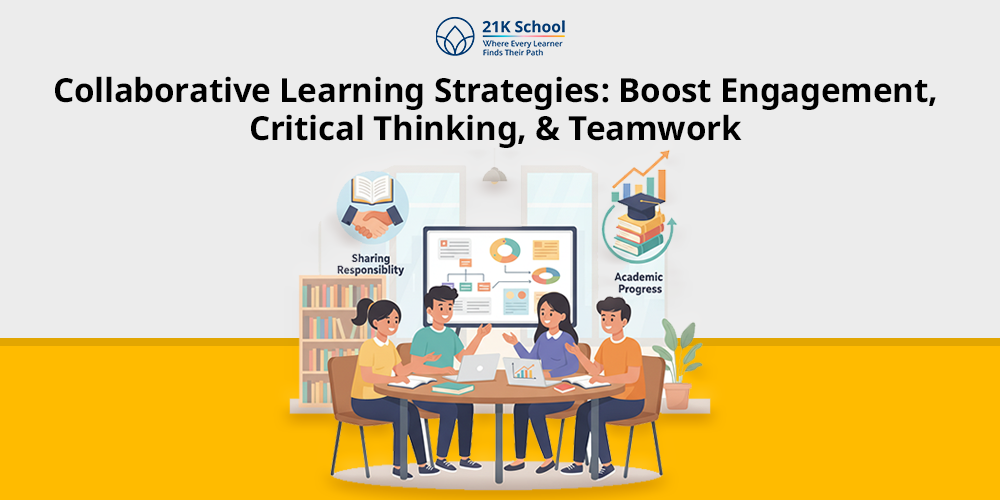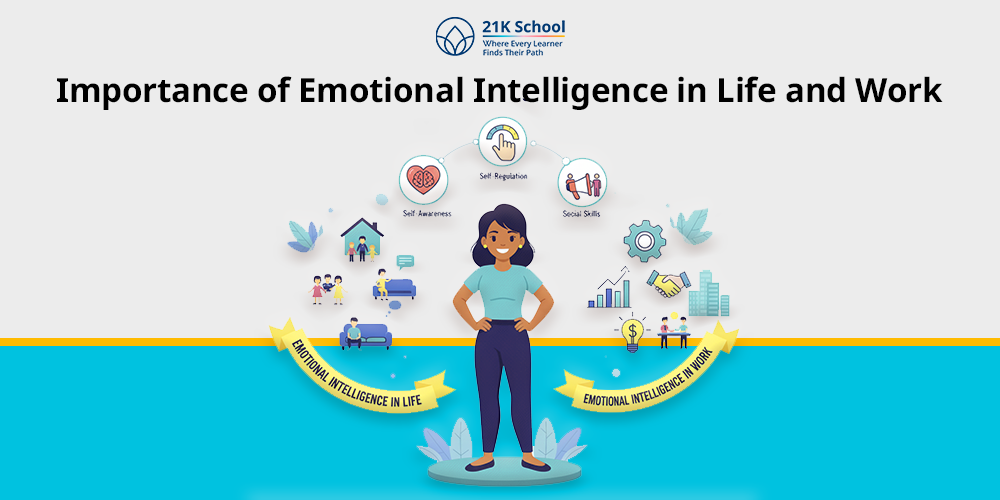
Every learner is different. Some prefer reading, others listening, and some need to get up and move to learn.
This is where kinesthetic learning stands out.
It’s a learning style that focuses on doing, touching, building and experimenting; essentially, learning through movement.
This approach isn’t just a method; it’s a natural fit for many children who struggle in traditional setups.
This blog explores what kinesthetic learning truly means, its benefits, how to support such learners, and how this style compares to others.
Contents
- What Is Kinesthetic Learning?
- Key Characteristics of Kinesthetic Learning
- Effective Kinesthetic Learning Strategies
- Kinesthetic Learning Activities
- Benefits of Kinesthetic Learning in the Classroom
- Challenges Faced by Kinesthetic Learners
- Kinesthetic Learning vs Visual and Auditory Learning
- Conclusion: Embracing Kinesthetic Learning
What Is Kinesthetic Learning?
Kinesthetic learning in the classroom refers to an educational style where students learn best by physically engaging with the material.
Instead of sitting still and absorbing information through reading or listening, kinesthetic learners prefer hands-on activities, physical tasks, and real-world interaction.
For example, a student might understand geometric shapes better by constructing them with paper or modelling clay. They might grasp a historical event more clearly by acting it out or walking through a timeline on the floor.
This form of learning activates both the body and the mind, which helps improve memory, engagement, and understanding. It’s not about moving for the sake of it; it’s about using physical activity as a tool to unlock deeper comprehension.
In today’s educational landscape, where attention spans are shrinking and screen time is growing, introducing kinesthetic learning in the classroom provides a much-needed balance.
Key Characteristics of Kinesthetic Learning
Identifying kinesthetic learners is the first step toward supporting them better. Here are some defining traits:
- Learning By Doing: They often struggle with lectures or reading-only tasks and need to physically engage with concepts to retain them.
- Fidgeting or Restlessness: Sitting still is hard; they often tap, doodle, or shift in their seats, not out of disinterest, but because movement aids their focus.
- Muscle Memory: They remember actions more than words. For instance, tying a knot repeatedly helps them master the technique more than reading instructions.
- Good Coordination: These learners often excel in physical activities like sports, dance, or crafts.
- Preference for Active Tasks: They enjoy building models, performing experiments, or using their hands to solve problems .
Effective Kinesthetic Learning Strategies
To fully support kinesthetic learners, classrooms need to include activities that promote motion and touch. Here are practical and effective strategies:
- Incorporate Movement into Lessons: Add activities like walking discussions, stretch breaks, or movement-based games to maintain energy and focus.
- Use Manipulatives and Hands-On Tools: In subjects like math and science, use items like blocks, measuring tapes, beakers, and charts students can physically touch and use.
- Role-Playing and Drama: Bring history, literature, or even social studies to life by acting out events or scenarios. This enhances both understanding and recall.
- Learning Stations: Divide lessons into interactive stations where students rotate between different tasks, promoting movement while staying on topic.
- Real-World Application: Link lessons to real-life activities. For example, teach measurements by cooking, or budgeting through mock shopping tasks.
- Use Technology Wisely: Interactive learning apps with touch-based features or motion detection (like virtual labs) can also appeal to kinesthetic learners.
Kinesthetic Learning Activities
Here are some hands-on activities that support kinesthetic learning in the classroom across different subjects:
1. Science Experiments
Allow students to explore theories and concepts through observation, testing, and trial-and-error.
2. Building Models
Use building blocks, clay, or recycled materials to create models related to math, geography, or biology.
3. Dramatic Reenactments
Act out scenes from books or historical events to help students internalise the story or timeline.
4. Math with Movement
Use floor mats, hopscotch-style games , or real-life objects to solve equations, understand shapes, or measure space.
5. Educational Games
Scavenger hunts , interactive quizzes with movement, or classroom competitions can make learning more exciting.
6. Art and Crafts Integration
Link academic content with creative projects, like drawing cells in biology or designing a miniature ecosystem.
Benefits of Kinesthetic Learning in the Classroom
Kinesthetic learning doesn’t just help certain students; it enhances learning for everyone. Here’s how:
1. Greater Retention
Not only do learners remember the content longer when they physically engage with it, but they also strive to build a deeper understanding and encourage themselves to actively recall the content.
2. Greater Levels of Engagement
Kinesthetic learning tasks that focus on movement help to keep students engaged with their learning and minimise periods of passive learning.
3. Improved Focus
Instead of feeling diverted, active learners feel a greater sense of control and comfort through movement integrated into the lesson. 3
4. Support for Neurodiverse Learners
Kinesthetic learning strategies have proven successful for many students who have ADHD, dyslexia or other learning differences.
5. Real-Life Skill Development
Kinesthetic learning promotes skills like teamwork, creative thinking , problem-solving , and time management .
Challenges Faced by Kinesthetic Learners
While kinesthetic learning is powerful, learners often face obstacles, especially in traditional educational environments:
1. Rigid Classroom Structures
Desks in rows, long lectures, and limited physical space restrict movement and discourage active learning.
2. Misunderstood Behavior
Fidgeting or moving around is often labelled as disruptive, though it may be a coping mechanism for better concentration.
3. Limited Resources
Not every school has access to lab equipment or space for large-scale activities.
4. Time Constraints
Hands-on activities may take longer to plan or execute, leading educators to default to faster, passive methods.
5. Assessment Challenges
Standard tests focus on written answers and rote learning rather than demonstration or application, putting kinesthetic learners at a disadvantage.
Kinesthetic Learning vs Visual and Auditory Learning
| Aspect | Kinesthetic Learners | Visual Learners | Auditory Learners |
| Learning Style | Learn by doing and physical movement | Learn by seeing and visualising | Learn by hearing and speaking |
| Preferred Activities | Hands-on tasks, experiments, building, and role-play | Reading, watching videos, using charts or diagrams | Listening to lectures, discussions, and audio materials |
| Best Learning Tools | Models, manipulatives, and real-world simulations | Mind maps, flashcards, slideshows | Podcasts, verbal instructions, and group discussions |
| Strengths | Physical coordination, practical problem-solving | Strong spatial awareness, memory for images | Strong verbal memory, effective listening skills |
| Common Struggles | Difficulty with passive lessons and stillness | Trouble understanding spoken instructions alone | May struggle with dense visual content or reading |
Conclusion: Embracing Kinesthetic Learning
Kinesthetic learning brings the physical world into education, helping students connect with ideas in a way that’s memorable, meaningful, and engaging.
By creating classrooms that support movement, touch, and real-life application, educators can unlock the potential of students who are often overlooked in traditional settings.
This isn’t just about helping kinesthetic learners; it’s about making learning more alive for everyone.



